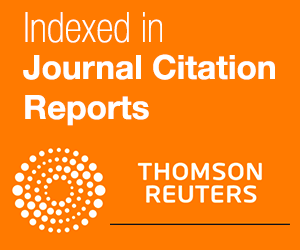FISH SCALES - A NON-INVASIVE ASSESSMENT TOOL FOR EVALUATING THE EFFECT OF POLLUTION ON CIRRHINUS MRIGALA FROM THE RAVI RIVER, PAKISTAN
S. Mahboob1, 2, H. M. Ashraf2, S. Sultana2, T. Sultana2, K. A. Al-Ghanim1 Z. Ahmed1 and F. Misned1.
1Department of Zoology, College of Science, King Saud University, P.O. Box 2455, Riyadh-11451, Saudi Arabia 2Department of Zoology, GC University, Faisalabad, Pakistan.
*Corresponding Author E-mail: shahidmahboob60@hotmail.com
ABSTRACT
The present study evaluated the effects of water pollution on Cirrhinus mrigala in the Ravi River by comparing DNA extracted non-invasively from their scales to DNA extracted from the scales of fish collected from controlled fish farm. A single, random sampling was conducted. Fish were broadly categorised into three weight categories: W1 (500 to 1000 g), W2 (1001 to 1500 g) and W3 (1501 to 2000 g). DNA was extracted non-invasively from control and experimental samples. The quantity and quality of DNA from the control and experimental samples were compared. The experimental samples in the W1, W2 and W3 categories had an average DNA concentration (µg/µl) that was lower than the control samples. All control samples had a single DNA band; whereas the experimental samples inW1 fish had 1 to 2 bands, the experimental samples in W2 fish had two bands and the experimental samples in W3 fish had fragmentation in the form of three bands. These bands show the effects of pollution on fish in the Ravi River. We concluded that this non-invasive assessment tool could be successfully used in scale-bearing fish species for assessment of contaminants and damage in the DNA as a rapid, non-lethal and biologically reliable indicator of water quality for the presence of various toxicants in surface water and their effect on the fish health.
Key words: Fish scales, Cirrhinus mrigala,heavy metals, non-invasive, DNA fragmentation |





